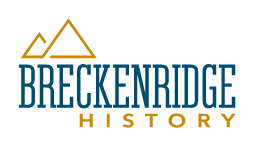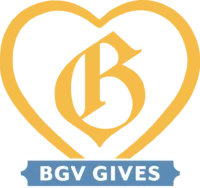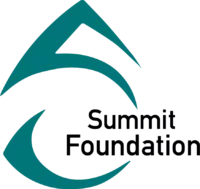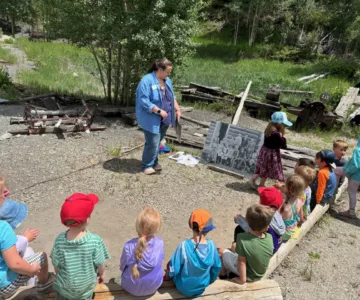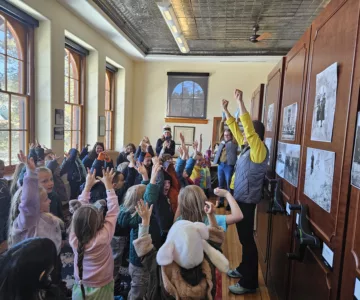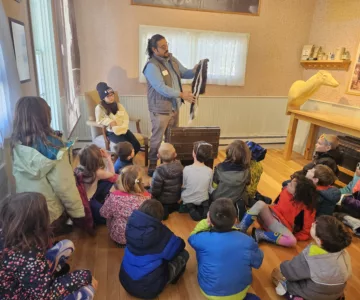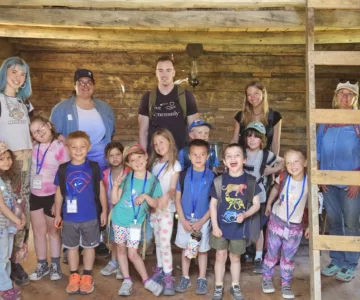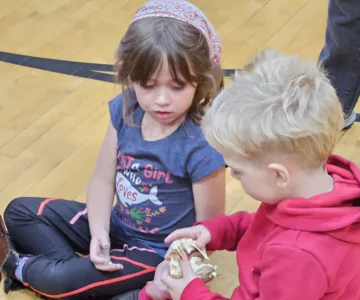Student Tours
About Student Tours
Learn about Native American history, pan for gold, solve mysteries in the archives, build a model train, survive the Big Snow, and so much more with our school programs. We are proud to offer free hands-on field trips and in-class instruction for students across Summit County thanks to a grant from the Summit Foundation. If you are interested in bringing a class for a field trip or having us come to your classroom, please fill out our School Group Inquiry form and our staff will reach out!

In-class program options
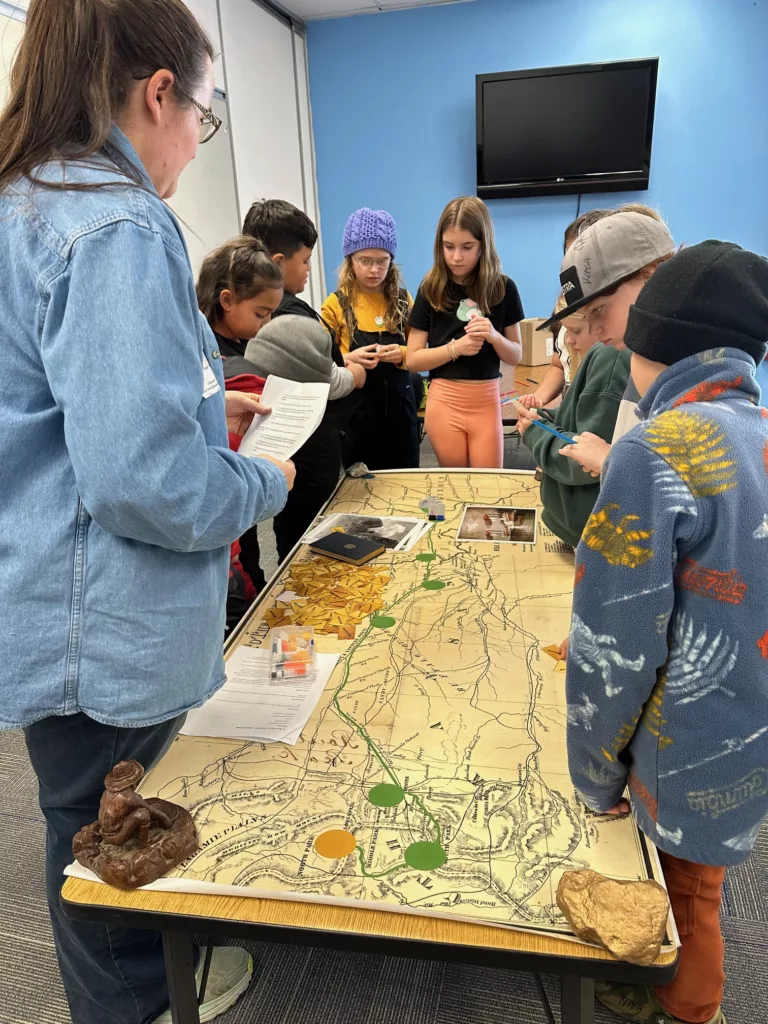 Native cultures/history: Artifacts show the vast array of native cultures in our country. We also look at how important place is to native cultures by telling the Ute and Iroquois creation stories. Students are given examples of winter counts and asked to make their own version with important events from their life. We also use video resources from Native Knowledge 360.
Native cultures/history: Artifacts show the vast array of native cultures in our country. We also look at how important place is to native cultures by telling the Ute and Iroquois creation stories. Students are given examples of winter counts and asked to make their own version with important events from their life. We also use video resources from Native Knowledge 360.
Barney Ford: We tell the story of Barney Ford from enslaved to entrepreneur, and ask the students to think about their own dreams and how important perseverance is even when things happen that are out of your control. We have historical photos of Ford, his businesses, and the letter he wrote to his enslaver to accompany the lesson.
Edwin Carter: This lesson focuses on the geology and natural history of the area. We discuss the formation of the Rocky Mountains and the natural resources that have brought people here for hundreds of years to the present day. We also discuss how mining affected the environment and specifically the animals in the area. We have animal furs the students can see and touch as we discuss the range of animals that live in this area.
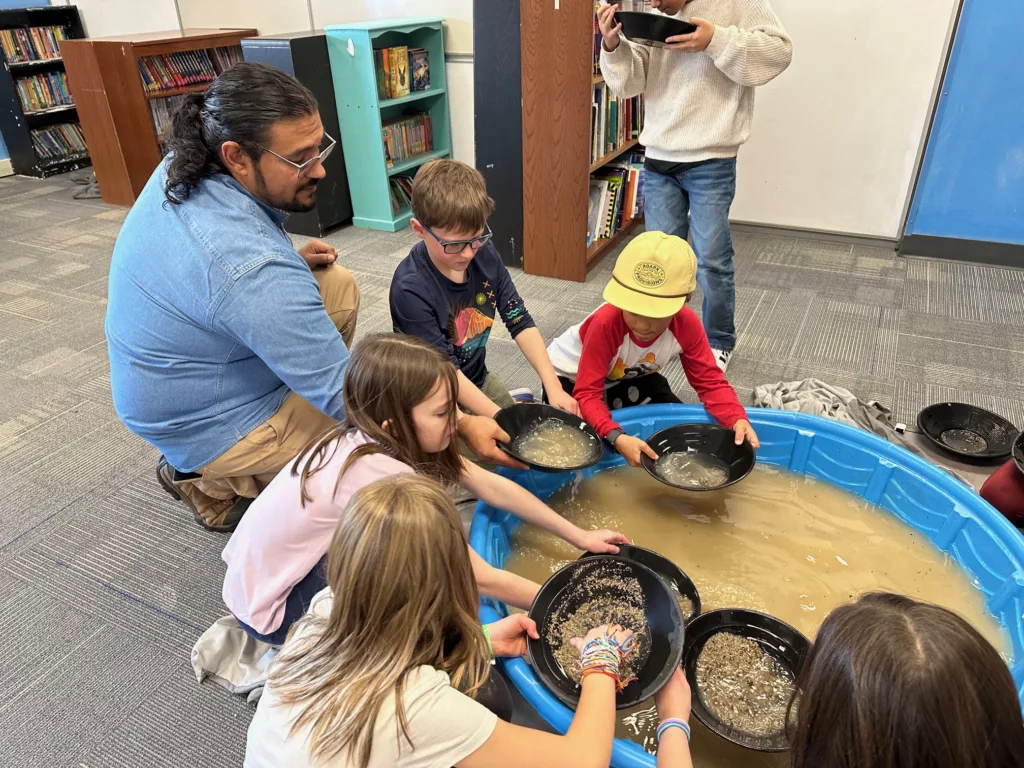 Gold mining: We have a variety of activities we use to talk about the Gold Rush, how it built up the town, and what people did once they got here. The Gold Rush board game follows the journey of John Young who came here as part of the Gold Rush. We also have a kiddie pool we can bring into the classroom and let students try their hand at gold panning. Finally, we create a map of the area and give each student a mine claim deed. They name their mine and then choose where to put their claim on the map.
Gold mining: We have a variety of activities we use to talk about the Gold Rush, how it built up the town, and what people did once they got here. The Gold Rush board game follows the journey of John Young who came here as part of the Gold Rush. We also have a kiddie pool we can bring into the classroom and let students try their hand at gold panning. Finally, we create a map of the area and give each student a mine claim deed. They name their mine and then choose where to put their claim on the map.
History detectives: We bring in photos of the former schools here, newspaper articles, and maps from the 1800s. We then ask students to look at clues to figure out which buildings are the oldest. We also have five historical/present day photos and ask the students to put them in the correct timeline. We use this to discuss the importance of archives and museums in helping preserve objects and our history.
Railroads: We bring in a train set and explain that we think the train coming to Breckenridge was one of the most important events in our history, but why do they think it was important? What kind of things did the train bring to the area? As students answer that question, we build the train explaining what each car would have carried. We talk about how the train helped transform Breckenridge from a mining town and brought new culture and people to the area. We also discuss that when the train stopped service here, Breckenridge very nearly became a ghost town.
Big Snow: We show photos from the year of the Big Snow when the train couldn’t reach Breckenridge. We discuss how people came together through those difficult days. We also tell the story of the two boys who skied to Como to get mail and supplies for the town.
Grant funding
Breckenridge History is very grateful to have grant funding through The Summit Foundation and BGV Gives, which allows us to offer all our field trips and in-class instruction for free to students in each of our local schools. During the 2024-25 school year, we have been able to provide programming to 1,988 students through these programs and our after school program.
Field trips are offered for free thanks to our grant funding. Sites include the Barney Ford Museum, Edwin Carter Museum, Welcome Center Museum, Archives, Iowa Hill, Lomax Gulch, Sawmill Museum, Washington Mine and Milling Exhibit, and Milne Park.
Our in-class programs can be tailored to your curriculum, and all programs meet Colorado State Educational Standards.
Our museums are closed on Mondays which makes it easy for classes to have full access to the museum, but we are happy to offer programs on any other day as well. Lomax is available in the spring, summer, and through early October. Iowa Hill can generally be accessed a little later in the season, but both sites are weather dependent. The Barney Ford Museum is fully accessible, and we are happy to work with you to make any accommodations possible at our other sites.
Student tours are a great option for all grade levels from pre-K through high school. We are also happy to provide tours to children’s groups like the Boy Scouts and Girl Scouts.
In collaboration with Timelooper, Breckenridge History is pleased to announce our virtual field trip option for educators and students. Alternatively, we offer in-classroom presentations and a virtual field trip for grades K-5.
Email susang@breckhistory.com for more information.
